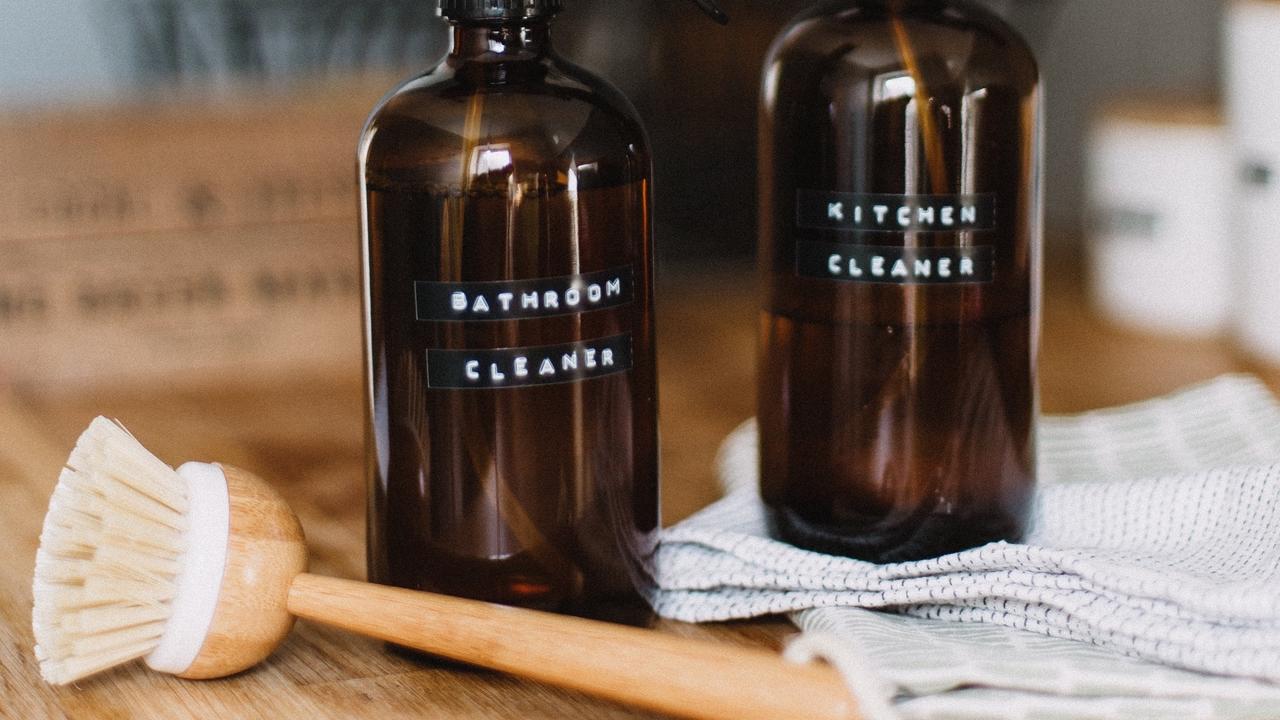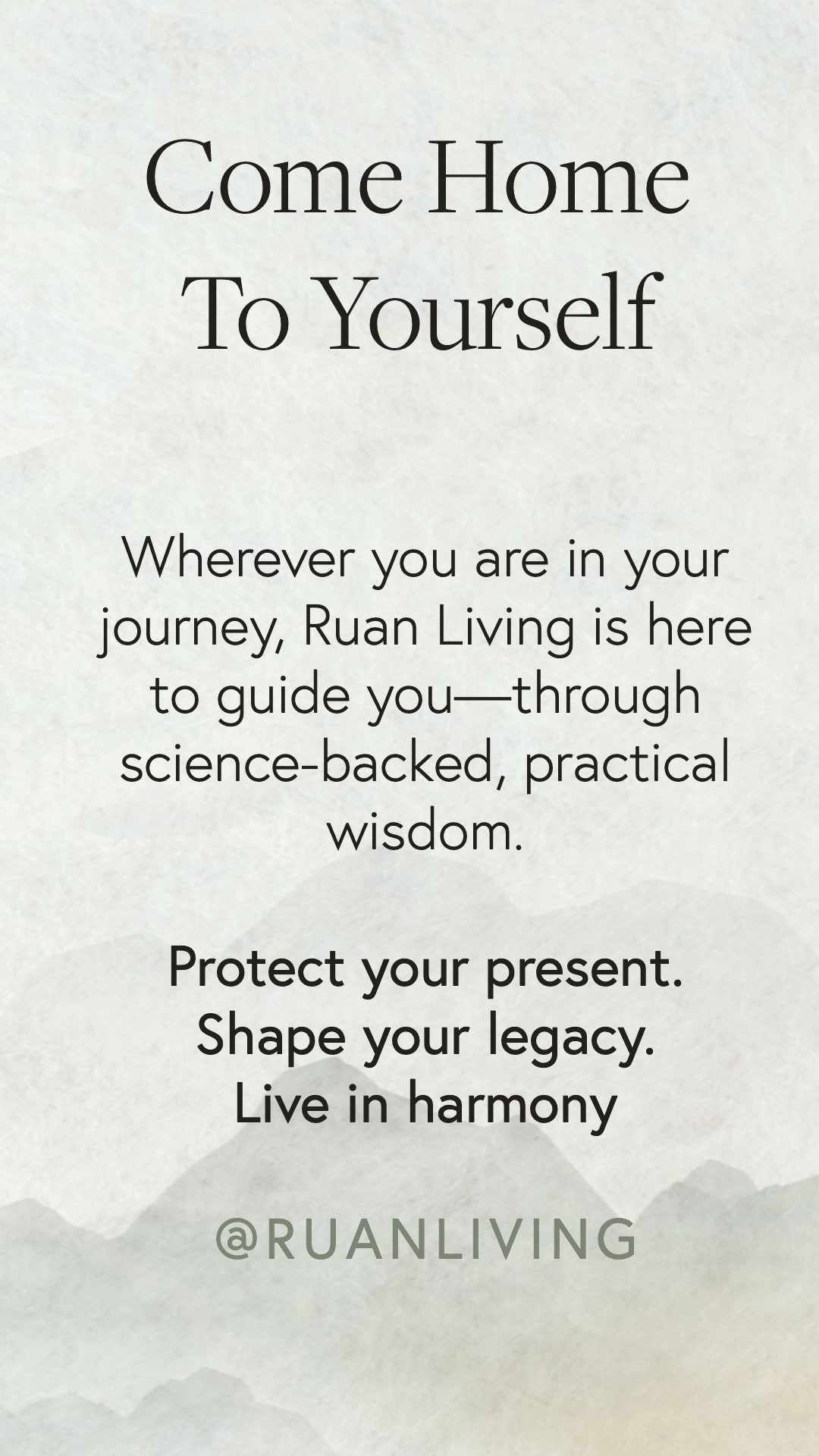
Eco Friendly Cleaning Products: Do they work?
Apr 12, 2019by Sophia Ruan Gushée
Many people ask me:
- What are the top non toxic cleaning products?
- What are the most effective green cleaning products?
- Which non toxic home cleaners do you use?
- Do you think green products work?
- What's your favorite green cleaner?
I spent many years researching―and too much time and money searching for―green cleaning products that work. In short: It's hard to generalize, and it's hard to know which cleaning products work and are truly safe.
Unknown Ingredients
Why is it so hard?
Often, it's challenging to get sufficient information to determine if chemical free cleaning products work, and if "organic cleaning products" are truly non harmful cleaning products. Federal laws protect confidential business information, so manufacturers are not legally bound to disclose all their chemical ingredients or all the potential health problems that they may cause (EWG 2015j), which I explain in my book A to Z of D-Toxing.
In addition, we should be mindful of "unintentional toxicants" that can be present in cleaning products. For example, in late 2011, the environmental group Women’s Voices for the Earth discovered small amounts of the carcinogen 1,4-dioxane in popular laundry products, including those that were labeled “fragrance free” and “sensitive” (Scranton 2011). Activists persuaded the manufacturer to reformulate the products to drastically reduce levels of 1,4-dioxane.
Unknown Health Effects
Further, there isn’t unbiased oversight ensuring that cleaning products are safe for our homes. Federal approval of a product’s formula is not even required. What is known of conventional cleaning products raises concern. For example, corrosive cleaners can cause burning of the skin and eyes; and a popular one, household bleach, is the most common cleaner accidentally swallowed by children.
Unknown Cocktail Effect
Furthermore, unintentional mixtures can create toxic by-products. For example, ammonia can create a deadly gas when mixed with chlorine. And chlorine is highly reactive and can create various unintentional toxicants:
- Mixed with ammonia (e.g., from some glass cleaners, or urine in a training potty bowl or toilet), chlorine forms toxic gases called chloramines
- Mixed with acid (found in toilet bowl cleaners and other detergents), chlorine can create chlorine gas, which can cause adverse reactions like breathing problems, blurred vision, nausea and vomiting, and fluid in the lungs (CDC 2013)
- Mixed with organic and inorganic matter in water, chlorine can form trihalomethanes, which are linked to bladder cancer and suspected of being linked to colorectal and esophageal cancer (Villanueva et al. 2004; EWG 2013b).
According to Jeffrey Hollender and Geoff Davis, authors of Naturally Clean: The Seventh Generation Guide to Safe & Healthy, Non-Toxic Cleaning, companies can legally sell cleaning products with almost any ingredient and with any formula. And there are no legal upper limits on toxic ingredients and impurities (Hollender et al. 2006). These toxic ingredients have several opportunities to enter our bodies: ordinary use, accidental ingestion, absorption through skin (during the product’s use or upon later contact with contaminated surfaces), and inhalation of polluted air.
Conventional cleaning products can off-gas volatile organic compounds and hazardous air pollutants. EPA studies found that cleaning fumes can linger long after the cleaning is completed (National Geographic 2008). Moreover, conventional cleaning products can leave chemical residues on surface areas and contaminate dust, which then can be ingested after they contaminate hands and food. A non toxic surface cleaner is a great alternative to customary cleaning solutions.
So it’s hard to know what’s in our cleaning products, and therefore what health issues they may contribute to. However, from what scientists do know, I'm concerned. Some ingredients are known respiratory irritants, carcinogens, hormone disruptors, and neurotoxins and are linked to chronic and long-term effects. Cancer, asthma, birth defects, and respiratory impairment have been linked to cleaning products, as is explained further in A to Z of D-Toxing.
Tips to Select Safer Cleaning Products
If you're comfortable with unknown risks from unknown ingredients that may be present in your cleaning products, and the unknown risks from how those ingredients may interact with other household exposures, then below are tips on selecting safer cleaning products.
- Use the Environmental Working Group database. The Environmental Working Group has a database of more than 2,500 cleaning products that it has tested for safety. You can use this resource to learn more about the known hazards, if any, of your cleaning products.
- Avoid "fragrance." Fragrance are chemical formulas that result from various ingredients that are mostly unknown. Studies have detected fragrance ingredients that can be either harmful or irritating. For example, fragrances in four laundry products were found to contain 18 to 20 chemicals in each product. Toxicants detected included likely human carcinogens (acetaldehyde and 1,4-dioxane), developmental toxicants (methyl ethyl ketone and chloromethane), and allergens (linalool; Steinemann et al. 2010).
- Beware of optical brighteners. These are synthetic chemicals that are added to laundry detergents to make clothes appear brighter and whiter. Designed to remain on our laundry, optical brighteners may irritate the skin, creating a sunburn appearance (National Geographic 2008; Seventh Generation 2010). These chemicals can survive wastewater treatment and don’t completely biodegrade. They bioaccumulate in fish.
My Nontoxic Cleaning Approach
During the years that I was buying "off the shelf" "natural organic cleaning products," I was assuming that the companies claiming to be non toxic cleaning brands could become my go-to source for non chemical household cleaners. After years of learning that this was not true, I finally discovered a cleaning approach that I'm really comfortable with and that I've been using for about a decade: a simple, do-it-yourself approach.
A to Z of D-Toxing lists Household Repeat Offenders, or specific risky ingredients that tend to be in many household products. The list is long, and identifying truly harmless cleaning products is complicated!
As a result, my cleaning solutions are simple. I have peace of mind using mixtures made from a short list of ingredients that have a long track record of safety: baking soda, white vinegar, castile soap, hydrogen peroxide, and hot water. This approach gets the job done and really simplifies my shopping list. A few professional cleaning ladies have made the point of telling me, “These ingredients work great, and I feel much better using them!”
Best Non Toxic Cleaning Supplies
For over ten years, I have been cleaning with the cleaning supplies below. It works as well as any off-the-shelf cleaning product, but it does take adjusting. Once I got into the groove, I fell in love. I am rest assured that this is the most nontoxic cleaning approach for my family. And I love how it streamlines my shopping list and shaves my budget for cleaning supplies! An added bonus has been the realization that most of the ingredients below are also helpful for natural self-care remedies (like baking soda and essential oils in our bath water) and non toxic pest management (insects are deterred by some scents, like peppermint essential oil).
If you try this do-it-yourself approach, pursue it with a playful mood. Pretend you're a scientist who is curious about the different concoctions that can fight your cleaning challenges. It's also a wonderful conversation topic with the kids.
- Glass spray bottles. I love using essential oils to clean, especially lemon essential oil. Amber colored glass spray bottles help protect the essential oils from sunlight.
- Baking soda. Baking soda is multi-purpose. I consider it for its scouring properties. So I'll sprinkle it on the stove top, to clean the inside of my oven, and to soak hard to clean grease and stains. It can even boost the powers of detergents so you can use less, soften fabrics, whiten whites, and brighten colors.
- White distilled vinegar. White distilled vinegar is useful in bathrooms. Since it's helpful against bacteria and odors, it can be used to clean toilets and grime; and to disinfect kitchen cutting boards.
- Hydrogen peroxide. I think of hydrogen peroxide as a good replacement for bleach.
- Microfiber cloth. Microfiber cloths are essential as cleaning supplies since they tend to trap finer particles of dust than other cloths. After all, when trying to fight the dust, you want to minimize the dust that simply gets recirculated in your room.
- Steam cleaner. Using a steam cleaner on floors and bathrooms can be an excellent tool to clean and fight germs and bacteria. Please follow manufacturer's instructions.
With any of the ingredients above, please research online the materials you will be applying them too because some of the ingredients above can damage certain materials. For example, never use vinegar on a natural stone like marble. And be mindful that a steam cleaner can dry out natural wood floors and cabinets.
To see my shopping list of household staples―including my cleaning supplies―please register for my free intro to the D-Tox Academy. Just click here.
Parts of this article include excerpts from my book A to Z of D-Toxing: The Ultimate Guide to Reducing Our Toxic Exposures.
🎁 unlock your ULTIMATE HOME DETOX™ starter pack
Download the Ultimate Home Detox™ Starter Pack—your free set of practical, science-backed tools to begin reducing toxic exposures in your everyday life.
- Nontoxic Cleaning Guide
- Forever Chemicals Detox Starter
- EMF Detox Challenge
- Safe Cookware Starter Kit
- Kitchen Detox Checklist
- Fertility / Pregnancy / Children's Detox
Join 349,000+ people who’ve turned to Ruan Living for trusted, practical nontoxic guidance. These resources have helped thousands begin their journey toward a healthier home—and they’re yours, free.
GET YOUR ULTIMATE HOME DETOX™ STARTER PACK NOWWe hate SPAM. We will never sell your information, for any reason.



